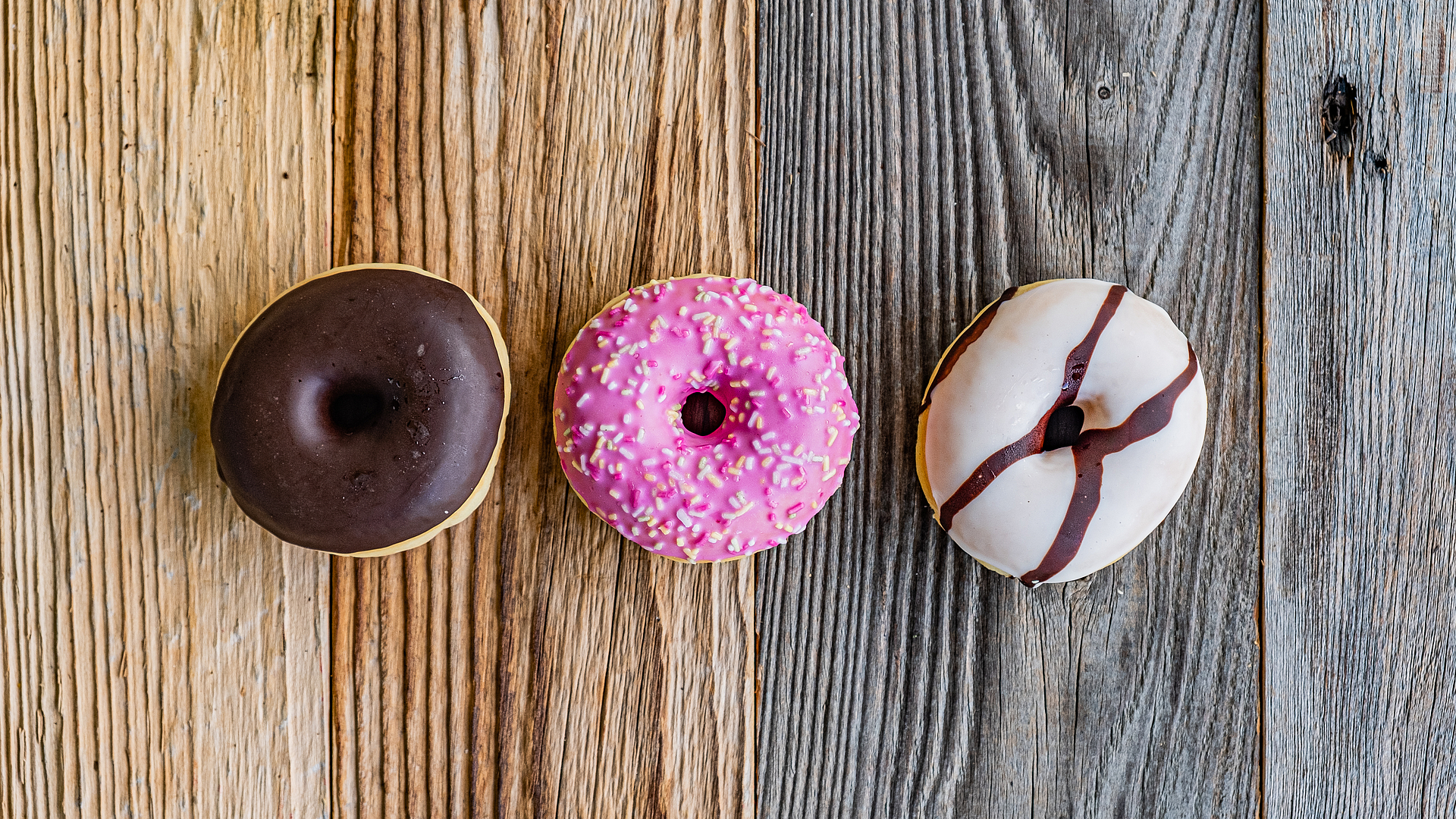
Lifting the lid on sugar
Is it true that sugar is at odds with a healthy diet? Either way, having too much sugar is not ideal and can almost certainly damage your health in the long run. Unfortunately many industrially produced foods contain high levels of sugar since it is cheap and appeals to children. Once you’re hooked on sugar, it’s not as easy to cut it out again. The first step to consuming less sugar is to have a keener understanding of what it is, how it affects you and which foods unexpectedly contain it.
Let’s take a closer look at sugar. It is a carbohydrate. Broadly speaking, carbohydrates are the main fuel for your muscles and brain and are absorbed from food and transferred to all cells in your body through the blood. There are two types of carbohydrates: simple and complex. Sugar can be classed as a simple carbohydrate while dietary fibre, for instance, is a complex carbohydrate. It’s important to note that simple carbohydrates enter your bloodstream very quickly after eating, resulting in a small sugar rush. Insulin is then released to help your body use the sugar, causing your blood sugar to drop rapidly to below the level it was before eating. As blood sugar levels affect your appetite, you soon start to feel hungry again. This quickly turns into a cycle of eating loop whereby you want to eat again not long after you’ve already eaten. If you don’t burn off the energy you take in, it will be stored in the body as fat. This contributes to the development of various medical conditions, such as diabetes, fatty liver diseases and cardiovascular strain. Complex carbohydrates, by contrast, take slightly longer to be digested, breaking down into short-chain molecules that are only slowly released into the bloodstream. As a result, your energy levels stay up, and you only start to feel hungry again much later.
The first step to changing your eating habits is to learn how sugar affects you. The second is to find out which foods you don’t expect to contain sugar but do. For instance, you can find lots of quick-acting sugar in low-fat yoghurts, ketchup, tinned fruit and cereal bars. You wouldn’t necessarily think of these foods as bad, in fact you might even class them as healthy. Excessive consumption of products made with white flour, such as baked goods, can catch you out when it comes to sugar because unlike wholemeal flour, white flour is quickly broken down into simple carbohydrates, which then have their usual effect.
Now it’s time for the hardest step: actually changing your diet. It’s definitely worthwhile preparing the majority of your daily meals yourself, whether that’s muesli, bread or pizza. That way you have full control over what you’re putting in your body, such as how much sugar you add or which kind of flour you use. It’s also worth making most of your meals vegetarian by eating lots of vegetables, lentils, wholewheat pasta, wholemeal bread, fruit and dark chocolate with a high cocoa content, for instance. If you start by taking a closer look at your eating habits and introduce small changes to your diet, your lifestyle will gradually become healthier, and you’ll feel healthier, too. Of course, that doesn’t exclude the occasional treat – you’re still allowed to indulge yourself as long as you do it consciously.
Photo credit:
Anya Rüngeler